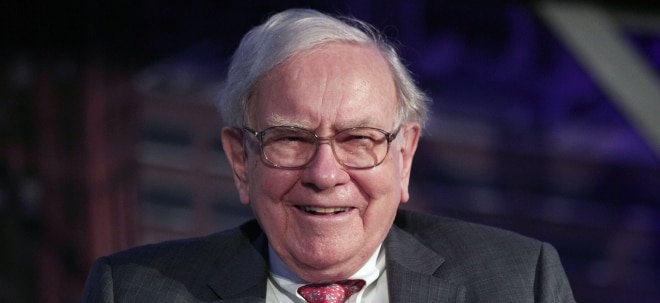http://www.theaustralian.com.au/business/opinion/...vk0-1225840644743 IT'S rare for a company to celebrate the success of a would-be rival, but when you are trying to get people to change the way they think about energy sources, exceptions can be made. Californian start-up Bloom Energy has launched a 100kW fuel cell dubbed the Bloom Box with an extraordinary amount of publicity, obtaining precious time on the US version of 60 Minutes, widespread mainstream coverage and an initial corporate client list that boasts Google, eBay, Wal-Mart, Coca-Cola and Bank of America. All this might have been grating to Australia's Ceramic Fuel Cells, which claims to be the world leader in fuel cell technology, with systems more efficient than Bloom's, but it has been sailing under the radar of mainstream media in this country. "I think it is fantastic," Ceramic chief executive Brendan Gow says. "It gets people thinking about things that are not just renewables -- they are not the only solution." A fuel cell acts as a stand-alone generator, converting fuel such as gas into electricity with far fewer emissions and at lower cost. Other versions are already popular in countries where grids are non-existent or unreliable. In principle they could do away with grids, but most household clients would want to be able to sell excess energy back into the grid. "The market is vast," Gow says. "It is so big that even if Bloom is extremely successful, no single company could service that demand." In any case, they don't yet compete in the same market, with Bloom's 100kW units targeting larger installations such as office buildings, corporate headquarters, data centres and manufacturing facilities, and Ceramic's 2kW units focusing on households. Ceramic is currently crossing technology's Valley of Death -- the perilous path from bright ideas and development to commercialisation and installation. It is initially targeting Germany, where the tariff-based system means it can easily sell energy back into the grid, and where numerous city-based utilities have a different view of energy provision, treating it more as a service than a race to sell as many electrons as possible. These organisations are more open to risk-taking than many of their Australian counterparts. Ceramic has sold units to a dozen or so European utilities. Gow estimates some 25 million customers are located within hours of its German factory, which this year will produce up to 400 units, with several thousand expected next year. Gow says risk management is the key to the rollout, and while it is happy for Bloom to grab the headlines, it will be hoping its product has more substance than hype. Expect a lot of the latter, though, because Bloom's backers, which include venture capital heavyweight Kleiner Perkins, have poured in some $400 million. They seem anxious for an initial public offering and reckon the company is worth $US1.5 billion ($1.63bn). That would make Gow and shareholders happy. Algae advances MORE international corporate heavyweights are showing interest in developing algae as an alternative fuel source. In the past week US defence contractor and technology group General Atomic has signed a joint venture with Australia's Beach Energy to pursue large algae developments in the Cooper Basin, and US defence and aerospace giant Honeywell has signed a joint venture deal with New Zealand's Aquaflow Bionomics to develop algae for biofuels and energy. Honeywell has been at the forefront of developing algae fuels for use in jets. Exxon Mobil announced last year it would spend $US600m on algae research and development. There is a real belief that algae can emerge as a substitute for declining oil reserves. Unilever, meanwhile, has teamed up with Solazyme to develop algal oils that can be used in soap and personal care products. The interesting aspect of the Beach deal with General Atomic is that the technology is not Australian, but the resources are. General Atomic needs sun, water, land and carbon dioxide for its algae farms, and the latter two are expensive in California -- CO2 because it is used for advanced oil recovery. It seems, CO2 already has a price. General Atomic, which also owns the Beverley uranium mine, hopes to use CO2 from Beach's gas wells in the Cooper Basin as a feedstock and, if all goes well, create 1000-2000ha algae farms. Beach chief executive Reg Nelson says research indicates that algae farms can produce 30 times more energy than most crop-based biofuels. The US government is throwing huge money into algae and other biomass developments, with general Atomic getting $US48m for its research out of a total budget of about $US1bn, pretty well matching what the US is directing towards carbon capture and storage. Contrast this with the Australian government, which has promised $2.4bn to CCS and has allocated $15m for second and third generation biofuel research. Go figure. |


 Thread abonnieren
Thread abonnieren

